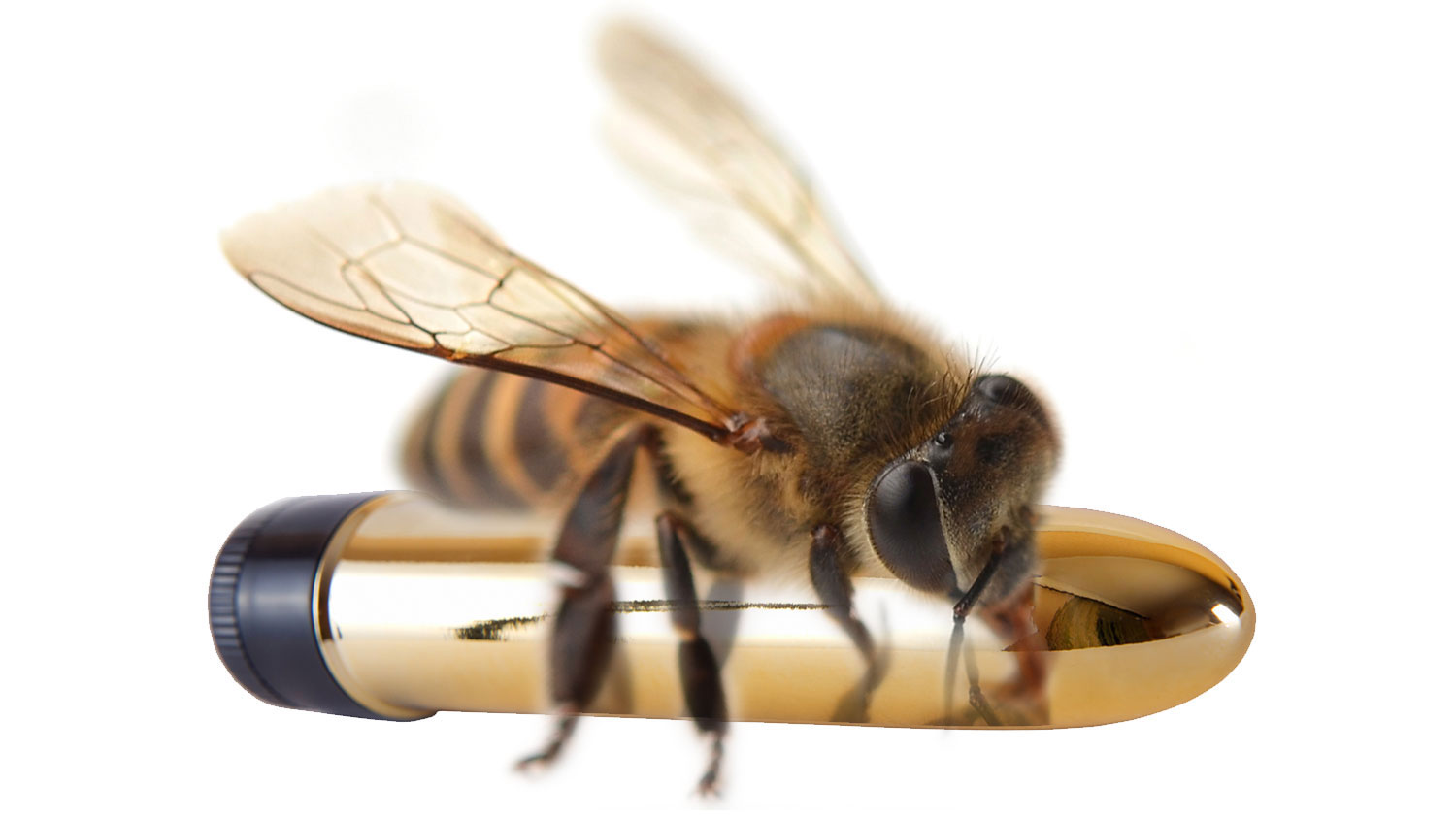Humor me, and imagine this: You’re a young, lithe, blossoming tomato plant. Your leaves are wide, your vine is strong and tall, and your supple yellow flowers are plump, just dying to be pollinated. But what’s a poor, lonely tomato plant to do without a bee to get the job done? Use a vibrator. Bet life as a tomato plant doesn’t look so bad now!
The relationships between bees and plants is pretty XXX-rated, Wired reports. Your high school science textbook never sounded this sexy:
Pollen is plant sperm, and bees and plants have evolved a complex sexual surrogacy over their millions of years of evolution together. Some plants lure pollinators in with a nectar cocktail, and then dump pollen on them as a price for free drinks. Some have flower parts that are only accessible with a long tongue. And some plants require stimulation before they will release their load of pollen.
Buzz-pollinated flowers wait until a bee comes along and vibrates at just the right frequency, in just the right spot, and bang! Out comes the pollen in a spew. Potatoes, tomatoes, eggplants, and peppers; pumpkins, zucchinis, blueberries and cranberries: these food plants are examples of crops that require buzz pollination.
Although, uh, apparently using your girlfriend’s vibrator can work wonders on a tomato plant (chill, bro) plant vibes like the VegiBee are crafted specifically to mimic a buzzing bee (29,000-44,000 vibrations per minute — calm down!) and come with a spoon to collect pollen as it’s released. And for a cool $49.99! I need a cold shower.



